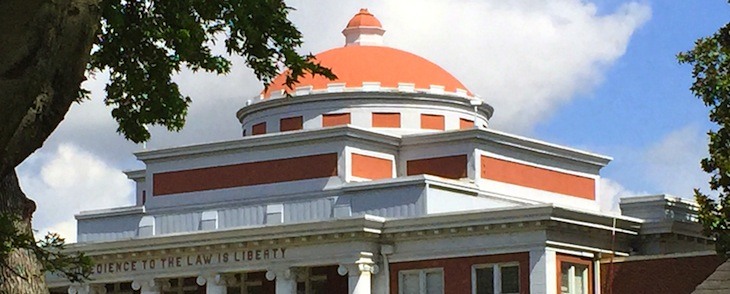Marion vies to become a bedroom community for workers at Big River Steel, others in the Delta
by September 5, 2017 4:05 pm 2,421 views

The Marion Advertising and Planning Commission will spend $25,000 on an advertising campaign to lure high paid workers from adjacent towns and cities to live in Marion.
Specific targets include workers from Big River Steel and the Ruyi textile factory planned in Forrest City, Marion Chamber of Commerce President Mike Demster told Talk Business & Politics.
“People here in Marion are not offended if you call it Mayberry,” Demster said.
The campaign dubbed “Only in Marion” originated with Dr. Glen Fenter. He spent more than 20 years as the president of Arkansas State University Mid-South, and was named the superintendent of the Marion School District earlier this year. The marketing campaign will be handled by ASU Mid-South.
Since 2000, the city’s population has grown by 38%, Marion Chamber of Commerce vice-president Tracy Brick told Talk Business & Politics. Landing a major employer in the city of about 13,000 residents has always been a challenge. There’s a perception that its closeness to West Memphis and Memphis has hurt its chances with major manufacturers, and now it’s time to flip the script, she said.
“We need to embrace our position … we are in a great position,” she said.
Marion is 30 minutes from Osceola and Forrest City.
China’s largest cotton textile manufacturer, Ruyi, announced earlier this year it will invest $410 million to retrofit a 1.4 million square foot cotton-spinning, garment factory in Forrest City. It will create 800 jobs, paying on average $15 per hour. The company has agreed to process 200,000 tons of Arkansas’ cotton each year. Renovations to the plant are slated to begin this year.
Big River Steel, a plant located on a 1,300 acre tract along the Mississippi River, cost $1.3 billion to build. It began full scale production this year. BRS is expected to hire at least 525 workers and the average salary will be $75,000 per year. It’s been reported that as many as 10,000 people are expected to apply before the plant is fully operational.
Only in Marion brochures will be available to workers. The brochures will layout aspects of living in Marion, including how affordable it is, the local school systems, close proximity to Memphis, the ‘small-town atmosphere,’ and others. It has a lower crime rate than those cities, she said.
The city’s proximity to downtown Memphis is a significant advantage, Brick said. Memphis offers a wide-array of entertainment, dining, and shopping options. Marion is closer to the city’s downtown than most parts of Memphis, a city with an annual GDP of $125 billion. It’s also closer than Osceola and Forrest City to Memphis.
Marion is one of the brighter spots in economic terms in the Mississippi Delta region. The median household income is $61,669, about $5,000 above the national average, according to the U.S. Census Bureau. The poverty rate is 10.9%, well below the average for the region. By comparison, Osceola has a median household income of $29,359 and has a poverty rate of 37.9%. Forrest City’s median household income is $31,322, and it has a 27.7% poverty rate.
The campaign included development of a website and videos of residents promoting the city. At least 11 video interviews with residents are planned, including interviews with Big River Steel workers already living in Marion. The brochures and website should be complete by the end of the year. Another advertising and promotions phase could include television and radio advertising, billboards, print ads, and a greater presence on social media.
It’s hard to gauge how many workers to target, or what specific impacts it will have. More residents means an upswing in the real estate market, tax base, retail sales and others, Demster said.
“We feel like this is a good opportunity to grow as a community,” he said.
